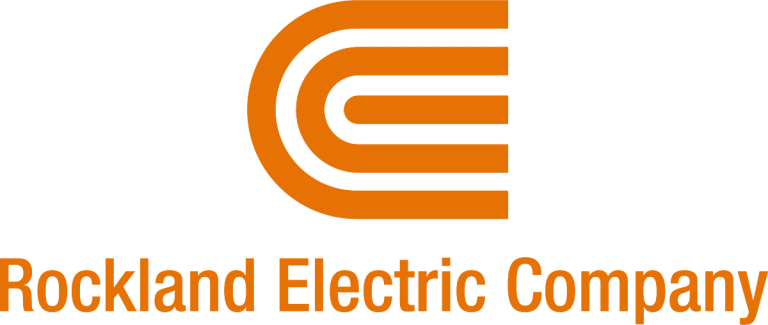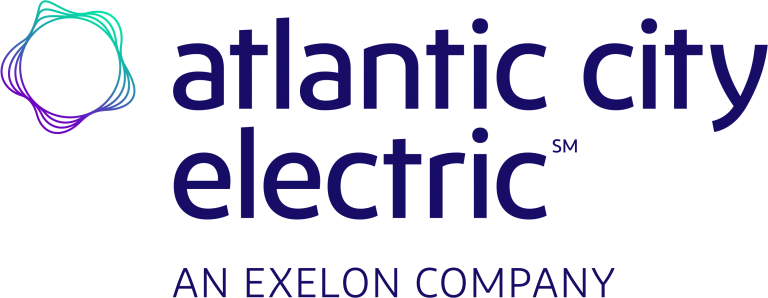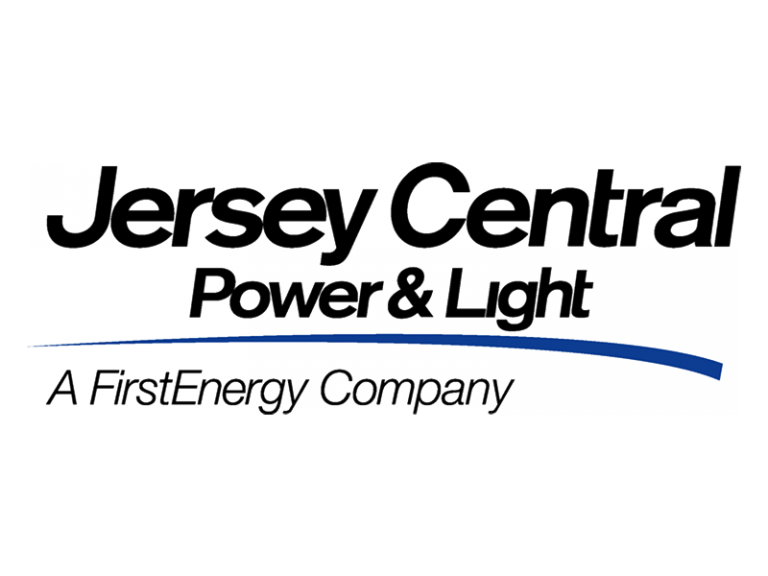New Jersey
Overview
New Jersey launched a pilot program in 2019 before upgrading to an industry-leading permanent program in 2023
Latest New Jersey Policy Updates
July 2025
At the end of June, New Jersey’s legislature passed a bill requiring the BPU to make 3 GW of community solar capacity available through 2029. The move is an excellent sign of the state’s commitment to its community solar program, but key details around REC incentives, bill credit discounts, and how that scale of deployment can actually be facilitated – despite interconnection delays and other barriers to development – will still need to be addressed. We’re still keeping our eye out for Sustainable Jersey’s guide for municipalities interested in providing opt-out community solar for their residents, which will be released very soon. Otherwise, industry collaboration with New Jersey’s utilities continues: we’re working on better presentation of savings on customers bills and seamlessly integrating the subscriber experience with net crediting and budget billing.
May 2025
New Jersey’s BPU released an additional 250 MW of community solar capacity at the end of April, which breaks down as follows: 144 in PSEG; 72 in JCPL; 30 in ACE; 4 in RECO. In more good news, Governor Murphy’s office released a statement that indicates another round of capacity is expected before the end of this year. In May, Sustainable Jersey hosted a webinar to discuss automatic enrollment projects, during which they shared that they’ll soon release a guide for municipalities interested in providing opt-out community solar for their residents. The guide will provide template RFPs, instructions for getting registered with the BPU, and other documents to help municipalities navigate the process of partnering with community solar companies.
April 2025
On April 23, 2025 the BPU approved another 250 MW for the CSEP which will be released on April 30. The Board also accepted staff’s recommendation that the incentive be reduced from $90/MWh to $80/MWh for projects that are registered on or after the effective date of the Board order. The order additionally includes details on recommended changes around the community engagement and subscriber acquisition plan and municipal auto-enrollment.
March 2025
The BPU received comments on the latest community solar rule proposal back in December; a majority of the proposed changes were adopted in February and the final rules were posted on March 17. The rules confirm that the opportunity for projects to partner with municipalities and automatically enroll residents will begin in April 2025. Otherwise, implementation from the utilities on consolidated billing is largely going smoothly and we still expect the next 250 MW to be released soon, by June 1 at the latest.
January 2025
In early December, stakeholders submitted comments in response to the latest community solar rule proposal published in the New Jersey Register. The pieces we’re keeping an eye on include how utilities could be permitted to build projects with unused capacity and how the municipal auto-enrollment program will work. In early January, the utilities all shared that their consolidated billing systems – which use the net crediting mechanism originally designed in New York – are ready to go. In the coming months, projects will begin switching billing processes and subscribers will no longer get a separate community solar bill. Lastly, we expect another 250 MW to be released within the next few months.
September 2024
The BPU formally approved rules for the permanent community solar program on September 4 – we expect those to be published in the register in October, at which point BPU will kick off a final 60-day comment period. There are a few new amendments to keep an eye on, including the possibility that unused program capacity is made available for utilities to develop their own projects. The BPU has also indicated that, even though the next round of capacity isn’t required by statute until June 2025, we may see it come earlier because of how quickly the existing capacity has been taken up.
Program History
Administrators
CS Incentives
Community solar RECs
Community solar projects are compensated with Solar RECs (SREC-IIs) which are currently valued at $80 per MWh for CSEP projects and available for 15 years; the incentive level dropped from $90 per MWh when capacity was released for 2025
Community solar credit rate
- Retail rate pre-sales & use tax: a monetary crediting mechanism that is calculated for each utility by using the territory’s retail rate, including supply and delivery charges, but excluding non-bypassable charges and demand charges
- Note that average demand charges are included for master-metered affordable housing subscribers in order to incentive their participation
Utilities



Subscribers
Anchor subscribers
- Maximum 40% of capacity to one subscriber
Income-qualified subscriber carveout
- Minimum 51% of project capacity to eligible subscribers
- Reverification required every 5 years for customers that are qualified via all options besides geo-qualification
Income-qualified subscriber eligibility options
- Self-attestation
- Geo-eligibility
- Categorical eligibility (proof of participation in an approved program)
- Affordable housing providers with commitment to pass benefits on
Billing
Billing type
- Consolidated billing was implemented in early 2025 and the utility systems offer the same net crediting mechanism that was first introduced in New York
- Utilities charge an administrative fee for net crediting equal to one percent of the total bill credit value generated in each month
Credit banking
- Credits from unsubscribed energy in the first year of a project’s life can be banked and then distributed to subscribers at any point within the first two years of a project’s life; after that, remaining credits are purchased at the avoided cost rate and any unsubscribed energy moving forward is purchased every month at the avoided cost rate
- Subscribers can bank excess credits for one year, but credits that are not applied to the bill in that year are then purchased by the utility at the avoided cost rate
Get PDF by email
Share your feedback
Contact our policy team
Don’t Miss Critical Market Updates
Get the latest policy news, articles, and resources, sent straight to your inbox every month.
On this page
Policy hub map
Select a state


